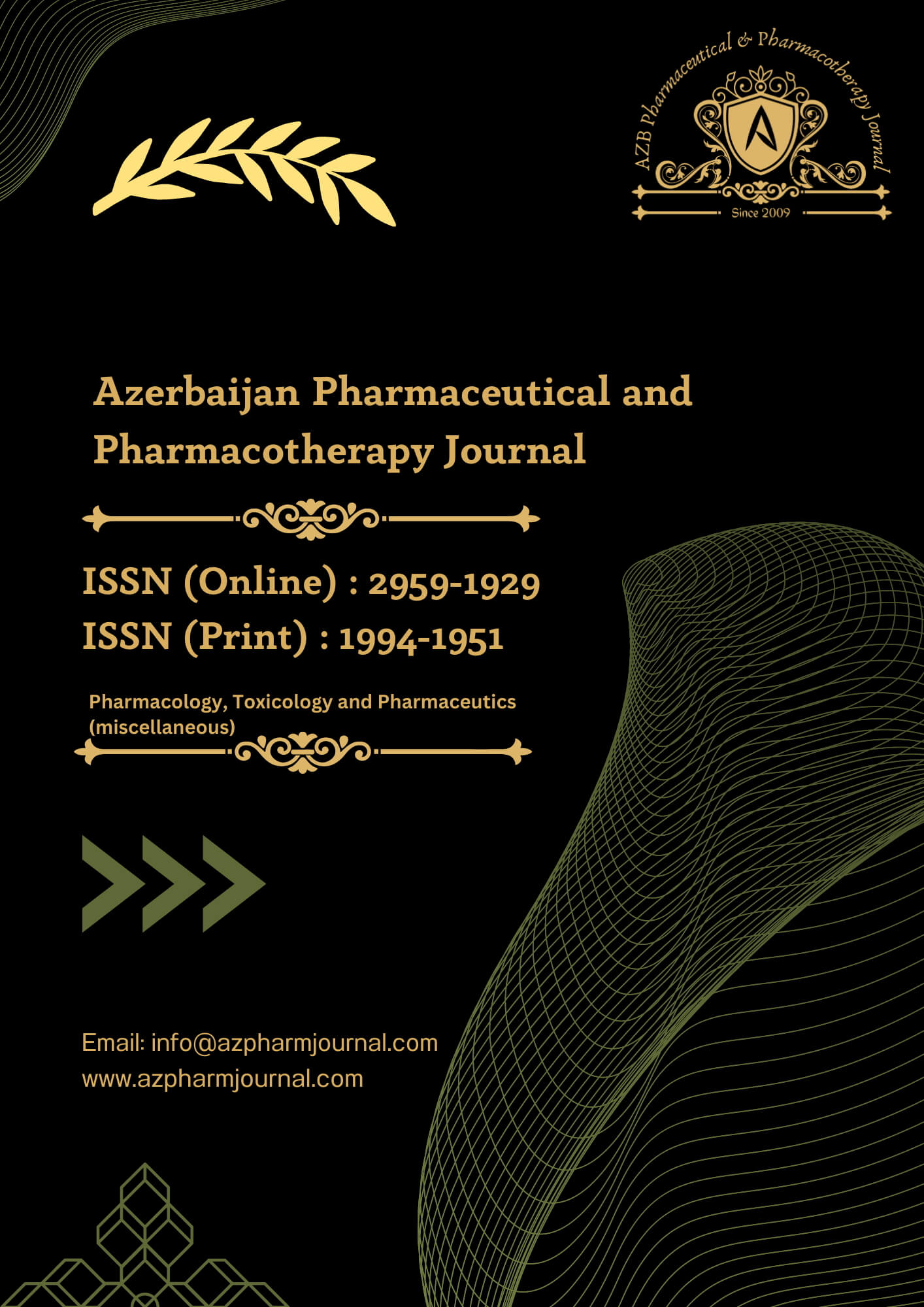6. Discussion
The upper gastrointestinal system is a frequent site for various abnormalities, particularly malignant tumors. Globally, esophageal carcinoma ranks as the sixth leading cause of death, and stomach carcinoma is the second most common type of cancer. Early cancer detection significantly enhances patients’ chances of survival, and upper GI endoscopy, coupled with biopsy, is the most precise and sensitive diagnostic technique for identifying gastric, duodenal, and esophageal cancers <[6].
Comparative Studies Related to Age Distribution
In our research, participants aged between 20 and 70 years were included, with the majority falling in the 61-70 age group (45.4%, 25/40), followed by the 51-60 age group (36.3%, 20/55) and the 40-50 age group (18.1%, 10/55). Males constituted 81.8% (45/55) of the participants, while females comprised 18.1% (10/55). In a study by Nazrin et al. <[7], out of 135 cases, 61.14% were males, and 38.86% were females, with a male-to-female ratio of 1.6:1. The mean age of the study population was 53.20, ranging from 18 to 85.
Comparative Studies Related to Clinical Symptoms
In our study, dysphagia, vomiting, and abdominal pain were the most common clinical symptoms. Similar findings were reported by Nazrin et al. [7]. In the study by Mathew et al. [8], dysphagia was the most prevalent symptom, followed by nausea, stomach discomfort, vomiting, dyspepsia, lack of appetite, and weight loss.
Comparative Studies Related to Distribution of Cases Based on the Site
In our study, 30 patients (18.7%) had duodenal lesions, 80 cases (50%) had stomach lesions, and 50 cases (31.2%) had esophageal lesions, with the majority of UGIT endoscopic biopsies originating from the stomach. In Nazrin et al.’s study [7], the distribution of lesions was as follows: esophagus 39.25%, gastroesophageal junction 4.45%, stomach 45.18%, and duodenum 11.12%. Sahu et al.’s study [9] included 64 patients with upper gastrointestinal tract biopsies, where 37.5% had esophageal biopsies, 32.82% had duodenal biopsies, and 29.68% had stomach biopsies.
Comparative Studies Related to Esophageal Lesions
In our study, 33.3% (5/15) of esophageal biopsies were neoplastic, while 66.6% (10/15) were non-neoplastic. Among the non-neoplastic lesions, 53.3% (8/15) were persistent non-specific esophagitis. Neoplastic lesions included two cases (13.3%) of squamous cell carcinoma and one case each of high-grade dysplasia and adenocarcinoma. In Nazrin et al.’s study <[7], out of 53 esophageal biopsies, 84.92% had neoplastic lesions, with 73.60% being squamous cell carcinoma and 11.32% adenocarcinomas. Mathew et al. [8] reported that neoplastic lesions (69.20%) were more common in the esophagus than non-neoplastic lesions (30.80%). The majority of non-neoplastic lesions were due to reflux esophagitis. Sahu et al.’s study [0] observed instances of reflux esophagitis and Barrett’s esophagus among esophageal biopsies, with adenocarcinomas being present. Rani et al.’s study [10] revealed that 93.3% of esophageal biopsies were neoplastic, with various types of squamous cell carcinoma being predominant.
Comparative Studies Related to Gastric Lesions
In our study, 33.3% (10/30) of gastric biopsies were neoplastic, while 66.6% (20/30) were non-neoplastic. Non-neoplastic lesions included acute gastric ulcers, chronic peptic ulcers, chronic non-specific antral gastritis, and hyperplastic polyps. Neoplastic lesions comprised three cases (1%) of signet ring cell adenocarcinoma and seven cases (23.3%) of stomach adenocarcinoma. In Nazrin et al.’s study [7], 55.74% of stomach biopsies had non-neoplastic lesions, while 44.26% had neoplastic lesions, including squamous cell carcinoma and adenocarcinoma. Ganga and Indudhara [11] reported various lesions in stomach biopsies, including H. pylori-associated gastritis, fundic gland polyps, hyperplastic polyps, and adenocarcinomas. Sahu et al.’s study [9] found chronic atrophic gastritis, acute on chronic gastritis, and other lesions in stomach biopsies, with cases of adenocarcinoma. Rani et al.’s study [10] noted both neoplastic and non-neoplastic lesions in gastric biopsies, with H. pylori gastritis, fundic gland polyps, and adenocarcinomas being prevalent.
Comparative Studies Related to Duodenal Lesions
In our study, 80% (8/10) of duodenal biopsies showed chronic duodenitis, and 20% (2/10) had H. pylori-associated duodenitis. In another study [11], malignant lesions of the duodenum included adenocarcinomas and carcinoids. Sahu et al.’s study [9] found various lesions in duodenal biopsies, including eosinophilic enteritis/duodenitis, chronic non-specific inflammatory inflammation, celiac disease, tropical sprue, and granulation of ulcer. Rani et al.’s study [10] reported neoplastic and non-neoplastic lesions in duodenal biopsies, including celiac disease, adenocarcinoma, and normal histology.
